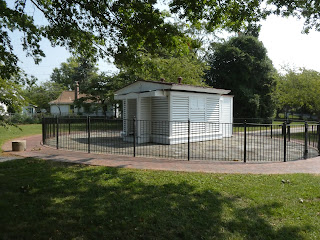It never fails. You get new astro gear and the clouds will roll in, or in this case, never leave! Most astrophotographers believe that the bubble wrap used in the protective packaging contains cloud seeds and so breaking them causes the issue.
Oh well, so it goes. Looks like no clear skies until maybe Monday.
New equipment includes a wide field telescope, the William Optics ZenithStar 61, with field flattener/focal reducer and remote auto focuser. So far I have not had the time to assemble the complete setup, but plan to do so soon. Although not a Christmas present per se I had ordered a new ZWO Camera, the ASI533MC, to pair up with this scope (as well as my other scopes) but it was backordered for weeks. It was delivered a few days before Christmas!
So what do you do when the skies won't cooperate? Well, you process your backlog of images. I posted some of that backlog recently and so am currently working off the remainder of the list. A surprise to me, the list is larger than I thought - currently, six more objects are awaiting processing.
First up is the nebulosity around the star Sadr. The Sadr Region (also known as IC 1318 or the Gamma Cygni Nebula) is a diffuse emission nebula surrounding the bright star Sadr in the constellation Cygnus. Sadr is the central star of Cygnus's cross. The Sadr Region is one of the surrounding nebulous regions which contains many dark nebulae in addition to the emission diffuse nebulae.
 |
| Sadr Region - Oct 18 to Nov 4, 2021 WO GT102 and ASI2600mm Pro 73x600sec Ha; 30x30sec RGB Stars |
Next is Sh2-155, commonly called the Cave Nebula. The Cave Nebula is an emission nebula with reflection and dark nebula surrounding. It lies in the constellation of Cepheus and is reported to be about 2,400 light years from Earth. Sh2-155 (it's official designation from the Sharpless catalog in 1959) was first noted as a “galactic emission nebula” in the Cepheus molecular cloud. Patrick Moore popularized the common name we give this nebula, “Cave Nebula”, and likely due to photographic images that show this nebula’s curved arc of emission nebulosity resembling the mouth of a cave.
Although not one of my better images, this was taken during a period when I was testing some equipment and decided to take some Ha data along the way.
 |
| Cave Nebula - Sep 19-24, 2021 WO GT102 and ASI2600mm Pro 69x300sec Ha; 20x30 RGB stars |
















































